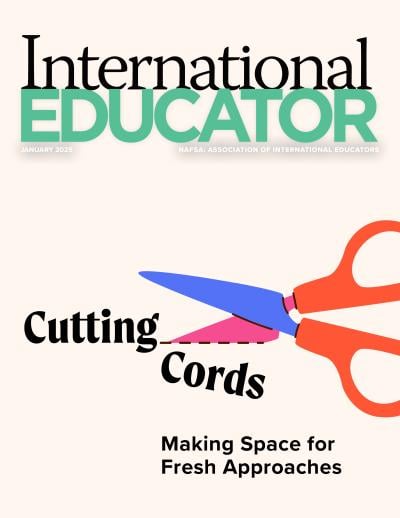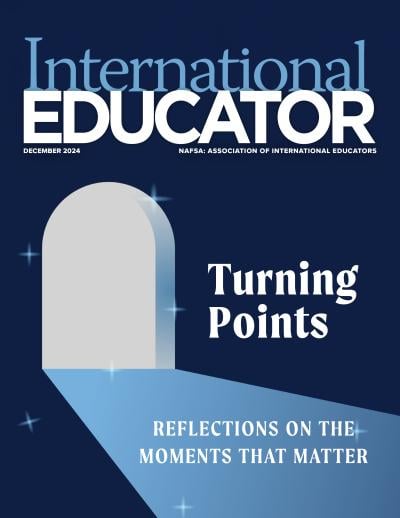Developing Study Abroad Programs in Cuba
While semester-long U.S. study abroad programs have been allowed in Cuba for many years, with President Barack Obama’s signing of an executive order in 2011, which allowed short-term programs to be offered, the number of opportunities for U.S. students to study in Cuba has grown rapidly.
And while the opening and easing of relations between Cuba and the United States has continued apace in the years since then, there are still special considerations in planning such programs.
Considerations
“Both the U.S. and Cuba still have significant travel restrictions in place,” says Jim Hall, president and CEO of World Strides, which partners with faculty and administrators to develop education abroad programs. He adds, “The first regular commercial direct flights between the two countries only began in early September 2016... and although the infrastructure has improved, there is much still being developed and refined concerning U.S.-Cuban travel.”
“The recent influx of visitors from the U.S. is causing a strain in Cuba, particularly in Havana,” says Erika Ryser Garcia, assistant vice president of program management and development at the Institute for Study Abroad, Butler University (IFSA-Butler). “Hotel rooms are hard to find, there are not enough buses to meet the demand, translators are stretched thin. The fast pace of changes inside Cuba, and travel issues such as dealing with visas, make it challenging to know what you need and how to get it. It requires staying constantly tuned in to changes as they occur.” Establishing a new program in Cuba also can be











